As an ancient cultural landscape, the Moselle valley was naturally also of great importance in the Middle Ages. After the weakening of imperial power, the Electorates of Cologne and Trier and the Electorate of Palatinate established themselves, and the rivalries made it necessary to build castles. Many of them survived the destruction during the Franco-German conflicts, at least as impressive ruins, and offer a magnificent backdrop for the Moselle Cycle Path on the valley heights.
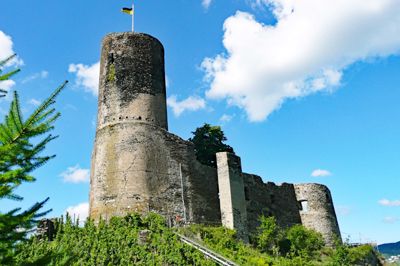 |
Ruin Landshut Bernkastel-Kues This impressive castle was built on the foundations of a Roman fort by the archbishop in Trier in the 13th C. In 1692, the castle was destroyed by fire and never rebuilt. Today, the ruins house a restaurant and the keep offers a great view over the Moselle valley. Restaurant Burg Landshut |
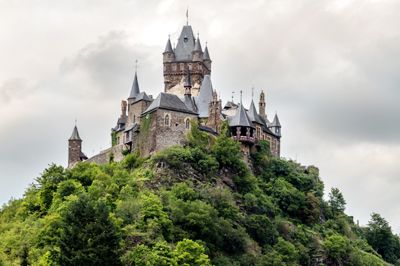 |
Cochem Castle Cochem The summit castle from the early 12th C served various owners mainly as a customs station. It was blown up by the French in 1689 and rebuilt in neo-Gothic style in 1877. Today, an impressive panoramic view and the interesting castle museum await you here. Reichsburg Cochem |
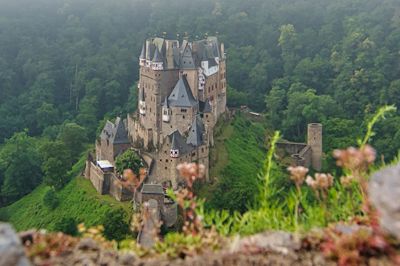 |
Eltz Castle Wierschem Built at the beginning of the 12th C, the castle, situated in a side valley, has been in the possession of the Eltz family for 800 years or 34 generations. It was never destroyed and presents itself as an organically grown Ganerbenburg, which can be visited. Burg Eltz |
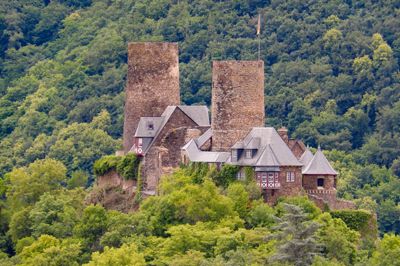 |
Thurant Castle Alken Originally built in the 13th C as a Guelph imperial castle, it soon came into the possession of the Archbishopric of Trier, which shared the castle with the Archbishopric of Cologne. In the 16th C, the castle began to fall into disrepair, but parts of the double castle were rebuilt in 1915 and can be visited. Burg Thurant |
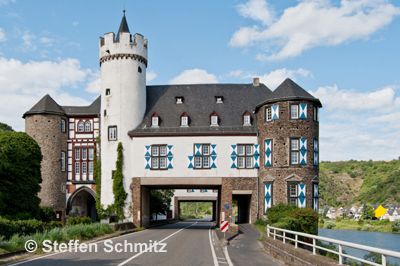 |
Schloss von der Leyen |
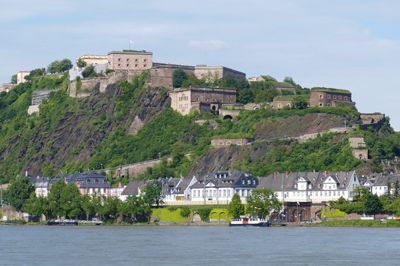 |
Festung Ehrenbreitstein Koblenz Originally a castle built in the 11th C, it was expanded into a fortification for the Electorate of Trier, destroyed by the French in 1801 and rebuilt by Prussia until 1828. Accessible by cable car, it now houses the Koblenz State Museum and offers a wide view over the Rhine and Moselle. Festung Ehrenbreitstein |